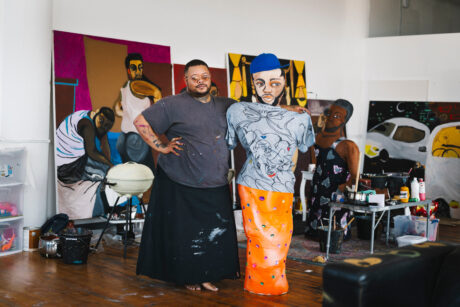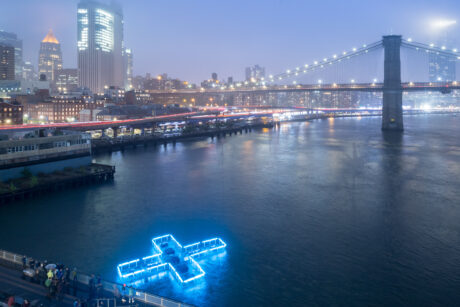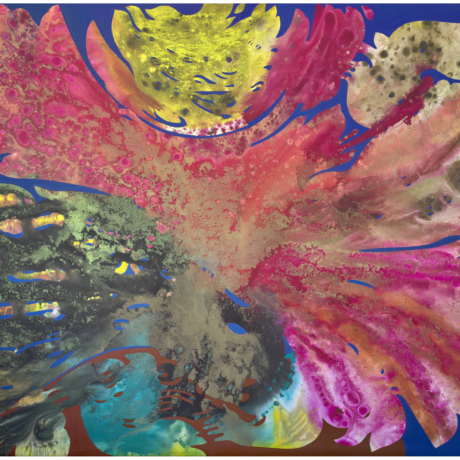Today’s art museums stretch the definition of what it means to preserve and present art. Gazelle Mba examines the space’s cultural elasticity, epitomised by the newly-opened Museu de Arte Contemporânea Armando Martins.
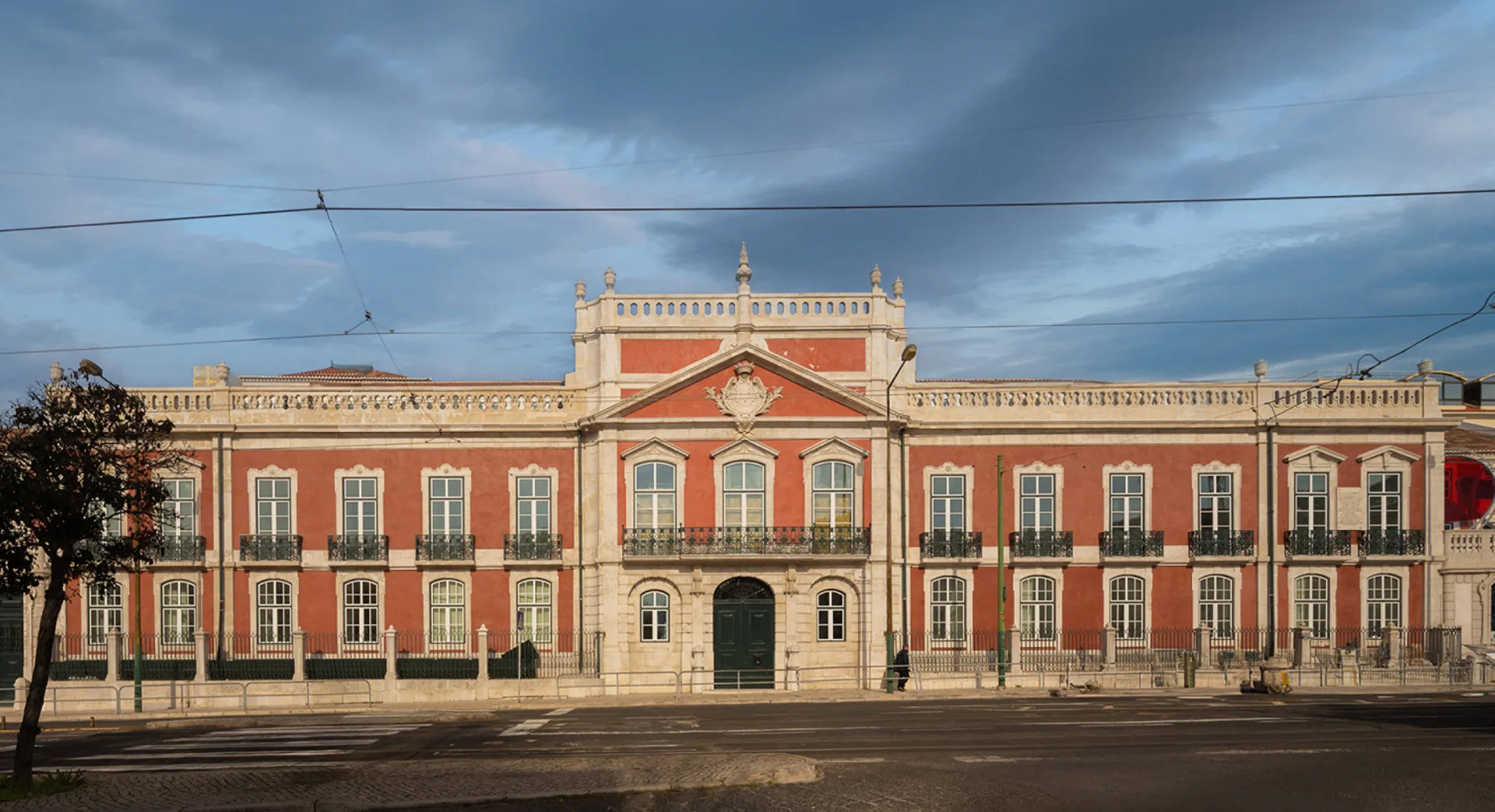
A museum is a question unto itself: interrogating both past and present, and attempting to map out a course for the future. Museums, perhaps more than other cultural institutions, are compelled to self-justify, to respond to the critics who might take one look at the stolen objects or tax avoidance schemes they house and ask, what exactly is a museum for?
In an essay for the London Review of Books, Hal Foster identifies the existential dilemma of the contemporary museum as a problem of scale, one emerging from a discordance between form and function. He notes that in the 19th century, the setting for the display of modern painting and sculpture was typically the bourgeois apartment, with early museums for this art constructed from refurbished rooms. Gradually, these singular interiors were replaced by larger, more autonomous spaces that became known as the ‘white cube’. The expanded and nondescript walls of the white cube could encompass Jackson Pollock’s enormous canvases, the serial objects of minimalists like Carl Andre, Donald Judd, and Dan Flavin and even ‘the site-specific and post-medium installations of subsequent artists, from James Turrell to Olafur Eliasson.’ The boundary-pushing, large-scale works of the twentieth century demanded that modern art museums adapt to new spatial challenges; expansion became both a necessity and a priority in order to keep pace with these artists.
Foster names two culprits behind the modern and contemporary art museum’s expansion fetish. First, deindustrialisation from the 1960s onwards in cities like New York, where the transformation of abandoned industrial spaces—factories, power stations—into galleries made the accommodation of large-scale artworks possible. Dia: Beacon, housed in a former box factory, and the Massachusetts Museum of Contemporary Art, located in a former mill, ironworks, and sleigh-making complex dating back to the 18th century, are just two examples. Second, entirely new, massive museums were built—like Gehry’s Guggenheim Bilbao—to showcase monumental artworks. This “bigness” became normalized through a kind of competition between architects and artists that continues today, where the architectural masterpieces of museums like the Renzo Piano-designed Centro Botín or Diller Scofidio + Renfro’s marvel, The Institute of Contemporary Art in Boston, are on equal footing with the art these buildings contain.
But as Foster points out, the iconicity and unrestrained glamour of the contemporary museum—think Guggenheim Bilbao—might actually work against the institution, leading to greater uncertainty and misgivings as to its value in society. In recent years, museums have come under fire for issues of representation, erasure, and historical links to colonial exploitation and pillaging. Grand buildings have not distracted from these critiques; they seem to serve as indictments of the art market’s rapacious consumption in an era of deepening inequality.
In response, art museums have chosen to innovate. From the digitisation of collections and acquiring more works by underrepresented artists to using AI to repatriate cultural heritage, the museum’s uncertain status appears to be pushing forward its offerings to satisfy an increasingly diverse audience.
The art museum’s cultural elasticity was on full display at the newly opened Museu de Arte Contemporânea Armando Martins (MACAM), Europe’s first museum and five-star hotel concept. MACAM exemplifies a type of private museum that, since the 2000s, has begun to dominate conversations around the future of museums, now numbering in the thousands. Notable examples include Kim Chang-Il’s Agario Museums in South Korea and China, Wang Wei and Liu Yiqian’s Long Museums in Shanghai and Chongqing, and the Boros Collection in Berlin, housed in a converted Nazi-era bunker. MACAM—owned by Portuguese entrepreneur Armando Martins to showcase his personal collection of over 600 works—merges the display of art with hospitality. It feels like an extension of the problems of scale Foster noted; no longer content with simply enlarging pre-existing spaces, museums are expanding their entrepreneurial repertoire, embedding a financial base into their operations while attracting visitors with the upmarket shimmer of a five-star hotel. The hotel-museum concept suggests that the purpose of the modern art museum is not merely to steward culture, but to maintain cultural relevance and engagement by parlaying its aesthetic cache into other more lucrative forms.
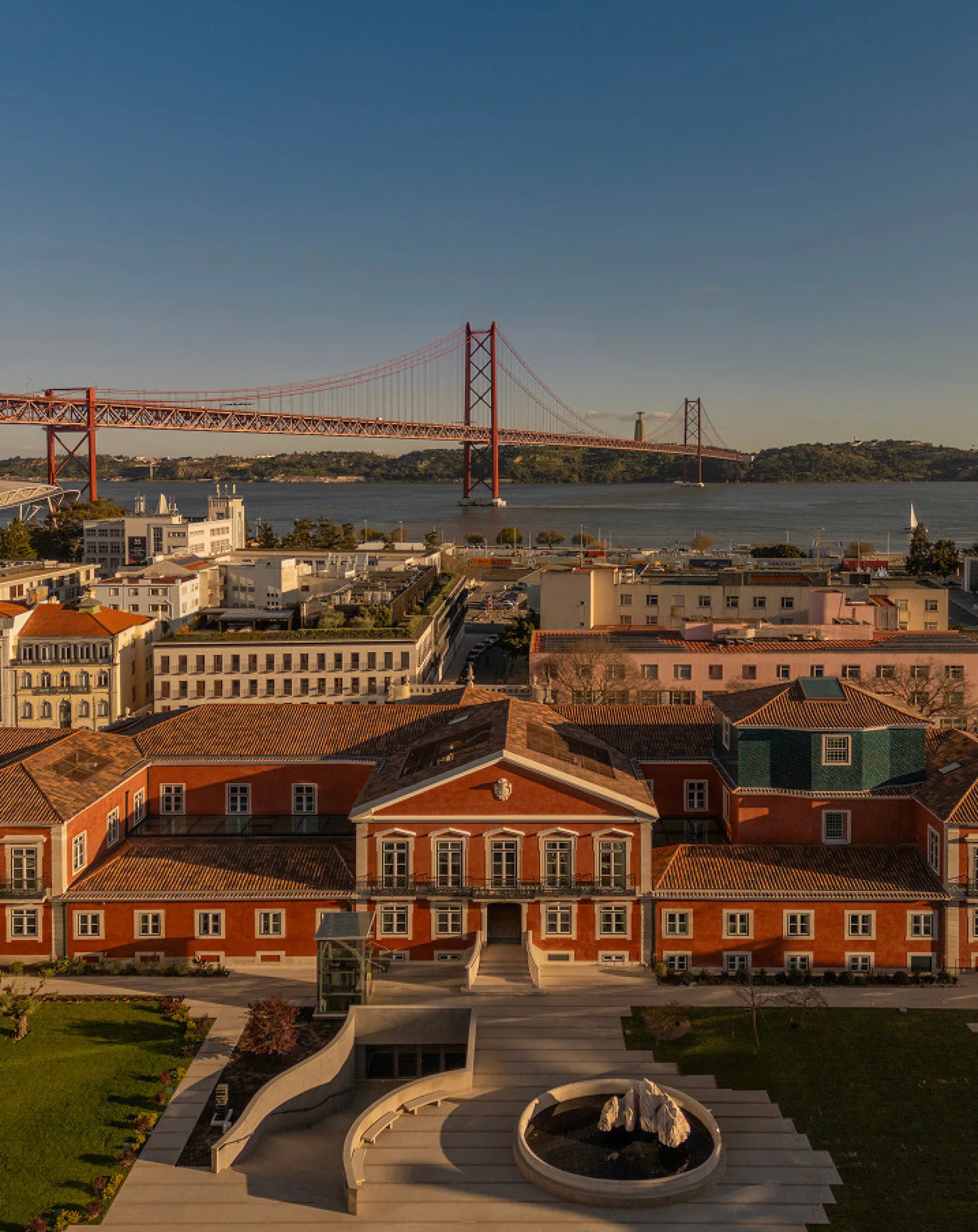
MACAM is located in an 18th-century palace, formerly known as the Palácio dos Condes de Ribeira Grande on Rua da Junqueira 66, a short walk from the Tagus River and flanked by the popular Belém and Alcântara neighbourhoods. The palace, purchased after a land lease fell through, is a striking combination of old and new. While retaining the palace’s façade, a new building for temporary exhibitions now holds a changing collection. Inside the old palace are large galleries on either side of the entrance lobby for permanent exhibitions: one side displays Portuguese paintings from the late 19th century to the 1970s, while the other houses a range of works from Martins’ international contemporary collection.
The galleries bring together older Portuguese and international artists, but the presentation of these works differs according to chronology and theme. In a room showcasing Portuguese artists from the 20th century, lights resembling the candles used in a domestic interior from that era are employed, which lends works like Eduardo Viana’s The Woman with the Orange (1913) a hazy, nostalgic glow. The display of contemporary art differs dramatically: gleaming overhead lights emphasise the shadows of Juan Araujo’s painting Casa Luis Barragan and illuminate the moody colours of Michael Biberstein’s Greyline. These light touches delineate the curatorial motivations of Martins and his team: to craft a narrative of Portuguese art history that both engages with and complicates the Western canon, positioning Portugal as a reputable voice in the international art scene. A temporary exhibition housed in a new building across a large internal garden focused on the Anthropocene stands out for its sculpture offerings. Carol Bove’s playfully abstract Untitled sculpture made using wood and rope is presented alongside Berlinde De Bruyckere’s morbid Hirst-esque sculpture of dead horses, No Life Lost II.
Art is not confined to the galleries or exhibition spaces—it is everywhere. Works from Martins’ collection are spread throughout MACAM: in the rooms, lobbies, and gardens. Dispersing the works into every possible area takes Foster’s concept of the expanded museum that bit further. The architects, MetroUrbe, were responsible for both restoring the old building and designing the new wing. In May, a rooftop swimming pool will be completed, available only to hotel guests, offering views over the Tagus and the surrounding neighbourhoods of Alcântara and Belém. Several of the new rooms—decorated in a neutral palette with warm oak floors and crisp cream bed linens—have large balconies overlooking the central, sculpture-filled garden, which holds the larger-than-life white deer by Miguel Branco and an explosion of silvery metal by Pedro Cabrita Reis. The building’s long façade is also an artwork: a composition of white, three-dimensional tiles designed by Portuguese ceramist Maria Ana Vasco Costa.
MACAM’s motto is “The House of Private Collections,” and it will invite other private collectors to show their work in its exhibition spaces. This camaraderie is in keeping with the hotel component of the museum, the point of the space is the changeable convergence of art, collectors, and guests rather than the static consumption of one collector’s artworks. Guests, like the art and collectors, come and go, but the museum is a house to them all. This hotel museum competes with more traditional public museums by offering something a public museum does not: a place to lay your head. And yet strangely with the furore of spatial transformation, we see a return to the 19th-century bourgeois interior, the refurbished room and tastefully decorated apartments. They say the museum is a public living room—but now it’s also a private hotel room.
Written by Gazelle Mba
